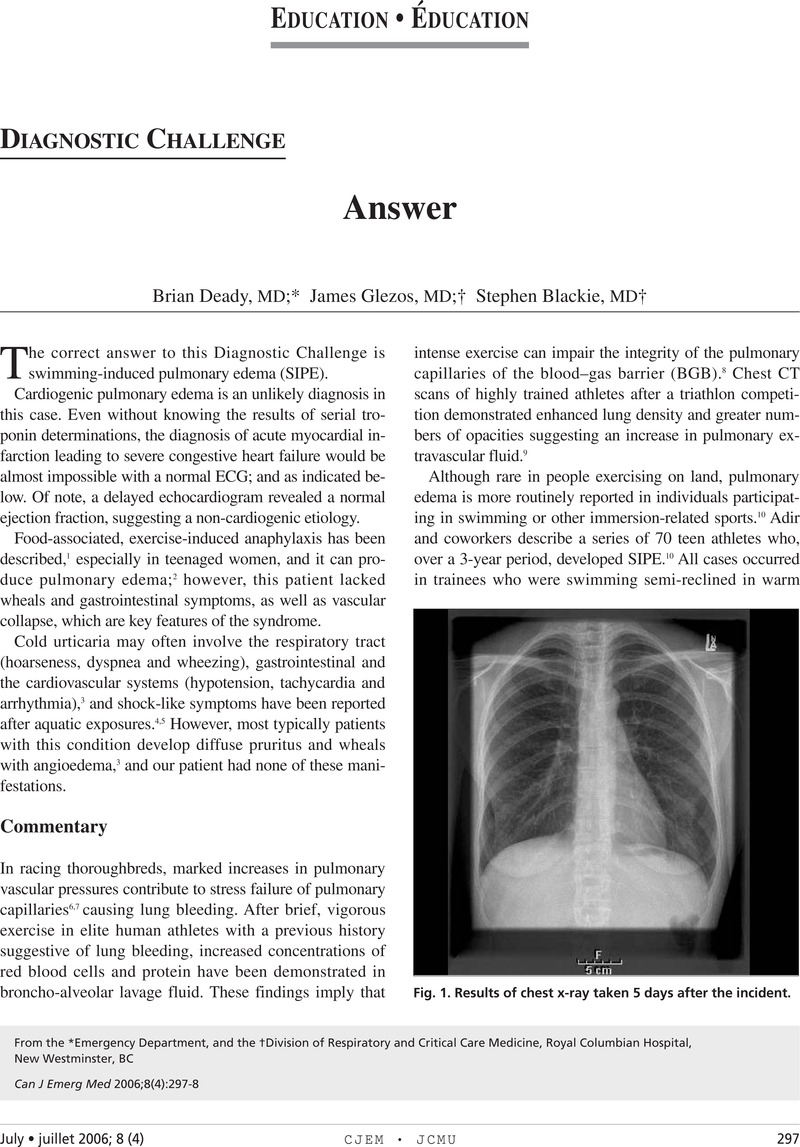Crossref Citations
This article has been cited by the following publications. This list is generated based on data provided by Crossref.
Grünig, Hannes
Nikolaidis, Pantelis T.
Moon, Richard E.
and
Knechtle, Beat
2017.
Diagnosis of Swimming Induced Pulmonary Edema—A Review.
Frontiers in Physiology,
Vol. 8,
Issue. ,





